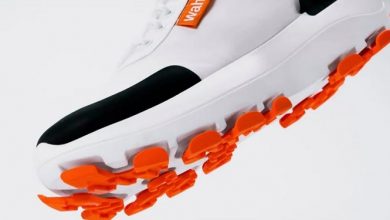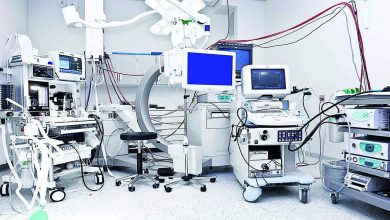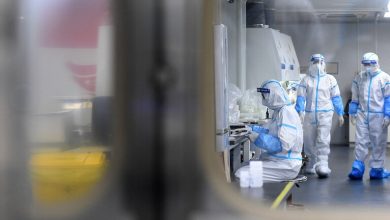Earthworms move through the soil not only by circling around it, but also by sending peristaltic waves down their bodies. A new robot inspired by this strategy could one day be used for underground exploration or even search and rescue missions.
An earthworm’s body is made up of fluid-filled segments called metameres. Both segments have a circular muscle that rotates around itself. There are also longitudinal muscles that run along the body of the worm.
When the circular muscles in adjacent segments contract, they make that part of the worm’s body longer and leaner. When the longitudinal muscles contract in one area, they make that part of the worm’s body shorter and fatter.
Thus, using a continuous sequence of these two types of contractions, the worm is essentially able to send waves of fat from its snout to its tail. These waves, along with hairs called setites that grip the soil, allow the worm to pass through the soil.

A group of Italian Institute of Technology (IIT) scientists led by Professor Barbara Mazzolai tried to reproduce this mechanism in a robot.
This 45 cm robot consists of five interconnected “soft peristaltic actuators” (PSA). Both actuators consist of an inner tube, an outer elastomeric sleeve, and a viscous fluid that waxes online in the space between the two.
As air is pumped in, the robot’s tail lifts, and the skin expands, allowing the liquid to settle into a thin layer; In other words, the PSA becomes long and lean. As the air is drawn out, the tail shortens and the pressurized fluid pushes the skin out. Therefore, PSA becomes short and obese.
Through sequential activation of the PSA with the help of small external friction pads in place, the robot can navigate smooth surfaces.
This isn’t the first robotic earthworm we’ve seen yet. Other examples of robotic earthworms using other mechanisms have been developed by groups from MIT and Cornell University.
Mazzolai and his colleagues are now working to further develop this technology.
5858










